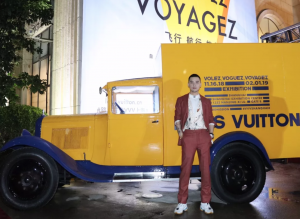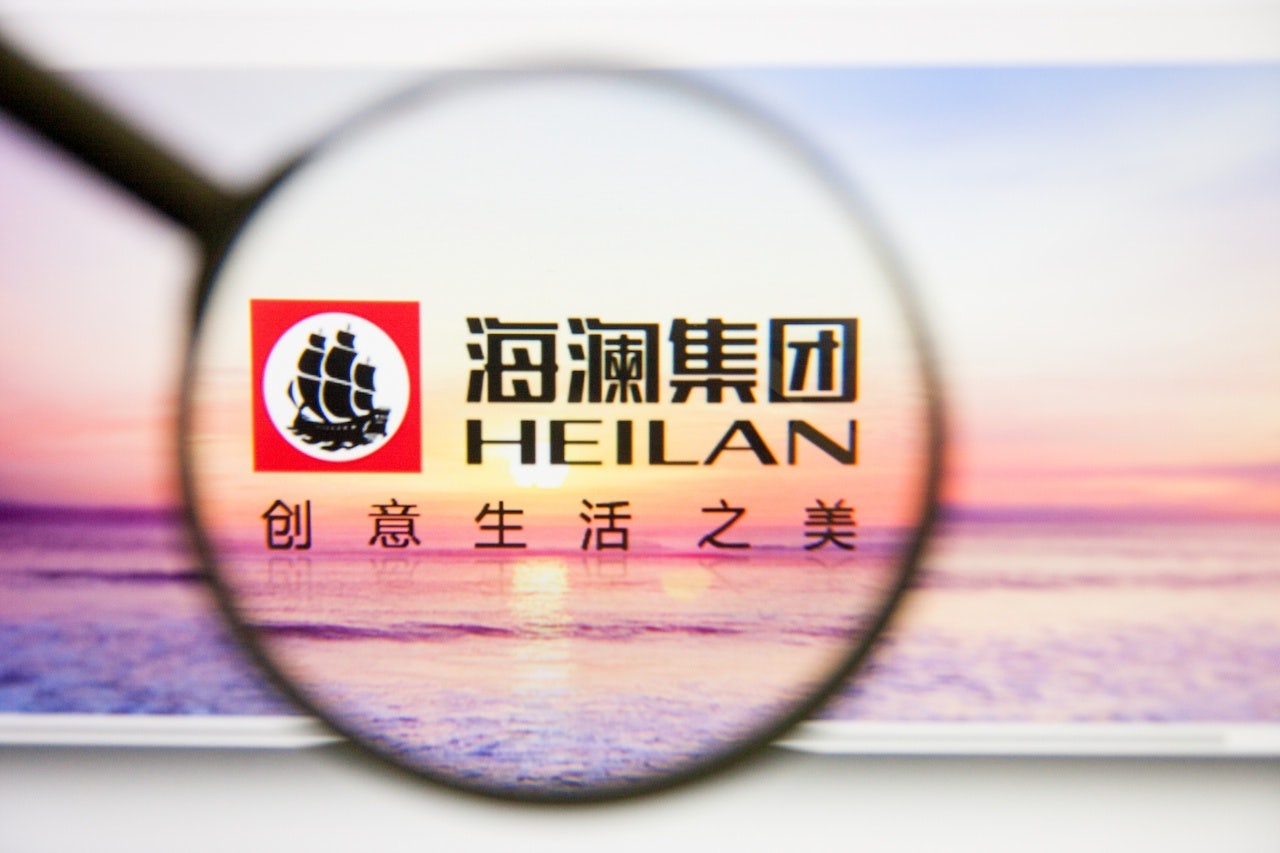In “Chinese Whispers,” we share the biggest news stories about the luxury industry in China that have yet to make it into the English language. In this week’s edition, we discuss:
- China's Top richest apparel moguls for 2019,
- Gogoboi's takeover of Louis Vuitton’s WeChat account, and
- Lin Ning “Chinese Nike” 2019 revenue rose 33% in the first half of the year
Here, the apparel moguls who made China's richest 2,000 list for 2019 – Winshang#
Although the retail industry in China has continued to reshuffle in the past year, 51 apparel moguls made it to China’s Richest 2,000 Individuals and Family Report for 2019, with a staggering wealth of 364.8 billion yuan, according to the latest report released by the China Investment Bank Club.
Among them, Zhou Jianping, the owner of the Chinese fast-fashion menswear brand Heilan Home, was ranked No.1 in the apparel retail industry with 40 billion yuan. Established in 2002, the brand has quickly dominated the menswear market in China. With more than 5,000 stores, the brand tops the 2016 Hurun Brand List in clothing with an 11 billion yuan of brand value. Ranked second is Ma Jianrong, owner to Shenzhou International Group, and supplier to many sports giants like Nike, Adidas, Uniqlo, and more. It’s nicknamed “Tencent in apparel” is due to its advanced technology capability and innovation.
Rank third richest are the owners of the woman's fashion brand Ochirly, Xu Yu and Li Shan, with 23.5 billion yuan, followed by the owner of Semir, Qiu Guanghe. Ranked 5th and 6th are Ding Shizhong and Ding Shijia from Anta Sports, with a wealth of 16.5 billion and 16 billion yuan respectively. A few that’s more noteworthy in recent years, Li Ning, the founder of Li Ning Group, was listed with a wealth of 4.7 billion. Meanwhile, the cashmere company Erdos has produced the most billionaires with five. As more Chinese consumers embrace homegrown brands, it’s undoubtful that the apparel moguls will only accumulate more wealth.

Gogoboi became the first fashion blogger in China to take over a luxury brand’s WeChat account – Fashion Business News#
Luxury brand’s social media accounts are no longer safeguarded by staffers, at the headquarter office. The ever-innovative French luxury house Louis Vuitton asked Chinese fashion blogger gogoboi to take over the brand's WeChat channel, publishing three posts on the chain bag collection, 2019 Autumn and Winter Men’s Collection and Qixi campaign. Pageviews of all three articles exceeded 100,000.
The brand first worked with the blogger in 2015. His Weibo takeover, however, stirred controversy in the industry, causing a debate over the power dynamic between fashion bloggers and traditional media editors. Nevertheless, at a time when Chinese consumers are on edge about Western brands’ lack of understanding to the home culture, Louis Vuitton’s continuous effort to produce interesting local content is a smart strategy to resonate with the local Chinese consumers.

Li Ning 2019 revenue rose 33% in the first half of the year – China Times#
On August 14, Li Ning, commonly referred to as “Chinese Nike,” released its 2019 interim results. According to the financial report, the company's revenue was 6.255 billion yuan, with an increase of about 33% year-on-year.
Li Ning attributed the increase mostly to their new branding and design strategy integrating the Chinese elements with their own ‘sports genes.’ Recognition of the Li Ning brand has significantly increased. It's becoming far more visible — walk down a Beijing street and you can spot many hip young Chinese sporting Li Ning's red logo shirt instead of one from Supreme. Besides, e-commerce channels have developed rapidly in recent years, and revenues have also continued to rise. The growth rate was strong and recorded a 30% high mark.
